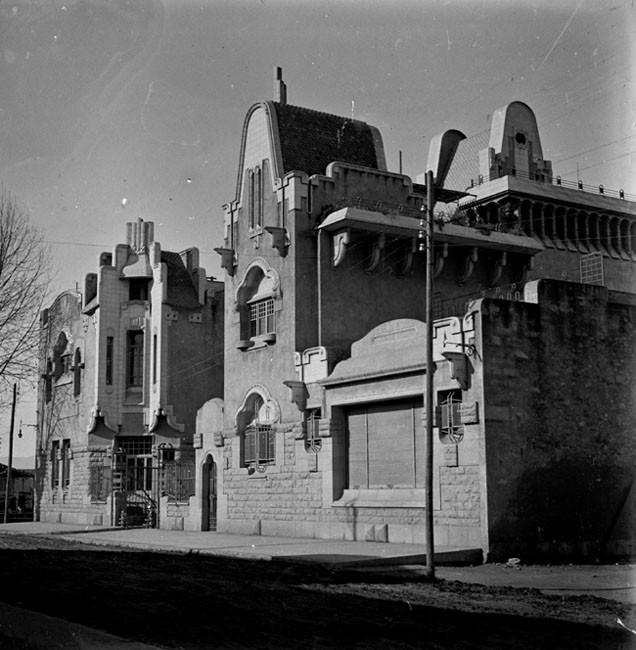Almuerzo Real en "La Farinera"
ART ESP / ING
La visita del 26 de mayo a la histórica ciudad de Girona dio inicio con una actividad inaugural de gran significado cultural: un almuerzo oficial a las 14:30 PM en el emblemático Restaurante "La Farinera". Este lugar no es solo un espacio culinario de reconocido prestigio, sino que representa una pieza fundamental del patrimonio arquitectónico e histórico de la ciudad.
El edificio que alberga "La Farinera" es el antiguo Molino Harinero Teixidor, una obra cumbre del movimiento Noucentista, concebido y diseñado por el ilustre arquitecto Rafael Masó i Valentí
La elección de "La Farinera" como sede del primer acto oficial de la visita real no fue meramente logística, sino una declaración de principios. Subrayó un profundo aprecio por el patrimonio arquitectónico y cultural de Girona
La presencia en un lugar tan simbólico como el antiguo Molino Harinero Teixidor, que representa la confluencia entre la industria, la tradición y el arte, permitió a los asistentes sumergirse de inmediato en la identidad de Girona, sentando las bases para una visita que se auguraba fructífera en todos los aspectos. Este almuerzo inaugural no solo satisfizo una necesidad protocolaria, sino que sirvió como una potente bienvenida cultural a la ciudad.
----------------------
The visit on May 26th to the historic city of Girona commenced with an inaugural activity of great cultural significance: an official luncheon at 2:30 PM at the emblematic "La Farinera" Restaurant. This venue is not only a culinary space of recognized prestige but represents a fundamental piece of the city's architectural and historical heritage.
The building housing "La Farinera" is the old Teixidor Flour Mill, a culminating work of the Noucentista movement, conceived and designed by the illustrious architect Rafael Masó i Valentí. Built in 1911, this flour mill was transformed over time into the current restaurant, preserving its original structure and artistic essence, which makes it a living testament to the cultural richness of the early 20th century in Catalonia.
The choice of "La Farinera" as the venue for the first official act of the royal visit was not merely logistical but a statement of principle. It underscored a deep appreciation for Girona's architectural and cultural heritage, providing an exceptional setting for the initial interactions of the visit. The surroundings of La Farinera, with its distinctive architecture, large windows, and atmosphere steeped in history, provided an ideal backdrop to foster an environment of dialogue and collaboration, marking a promising start to the royal agenda in the city.
The presence in such a symbolic place as the old Teixidor Flour Mill, which represents the confluence between industry, tradition, and art, allowed attendees to immediately immerse themselves in Girona's identity, laying the groundwork for a visit that promised to be fruitful in all aspects. This inaugural luncheon not


